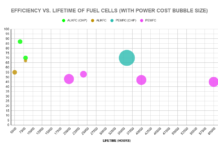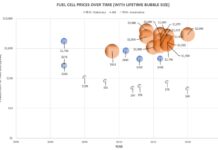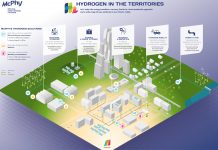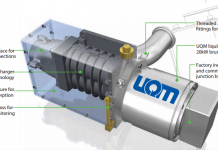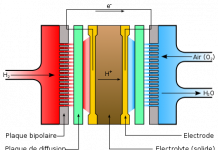The previous article in this series on hydrogen fuel-cells focused on proton-exchange membranes fuel cells (PEMFCs). These cells have been the interest of the industry in recent years, and make up the majority of the market. However, it is also worth discussing alkaline fuel cells (ALKFCs), an older variety of cells that remain prominent today. (For details on how these cells work, refer to the first article in this series).
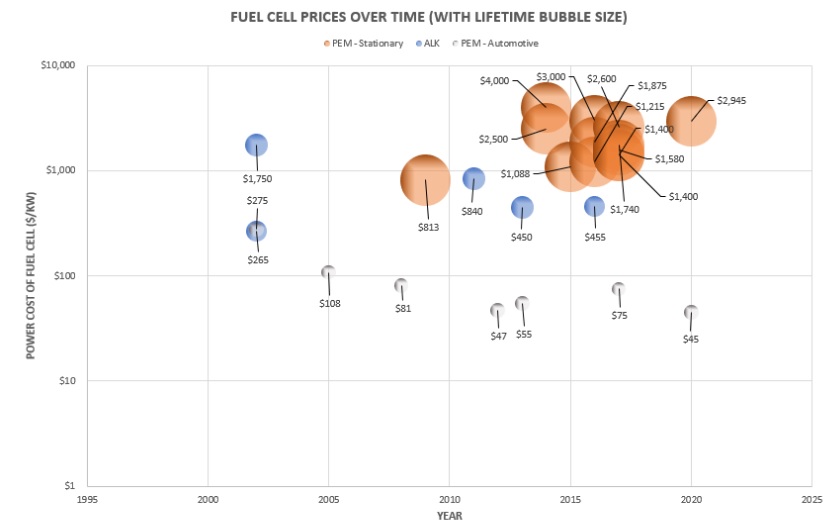
The graph shows the power costs ($/kW) of PEMFCs and ALKFCs as the technology has advanced over time. In other words, it plots the initial capital cost for every 1 kW of fuel cell capacity (note that the cost axis is in the log scale). The bubble size represents the total operational lifetime in hours, with larger bubbles indicating more durable fuel cells.
ALKFC costs have remained under $1000 per kW for the most part (the outlier was a cost projection not accounting for scale). However, industry focus has shifted away from these cells in recent years, due to their numerous issues – their electrolyte gets “poisoned” by carbon dioxide so all supplied gases must be purified, their parts get corroded easily and their large size inhibits use in automobiles.
As a result, ALKFCs tend to have far lesser durability than stationary PEMFCs. This is apparent in the graph – the average operational lifetime of ALKFCs (~6500-8000 hours) is about 5-7 times shorter than that of stationary PEMFCs. Comparison to automotive PEMFCs is redundant due to the added stress these cells face during their use.
Despite this, ALKFCs do have value for many stationary applications, including charging EVs and off-grid power in remote locations. Unlike PEMFCs, they do not require rigid temperature bands for operation, and can even operate at sub-zero temperatures. They have also demonstrated very high electrical efficiencies of up to 70%. Firms like AFC Energy (AFC.L) and GenCell have introduced features for improving ALKFCs, such as tolerance for impurities in hydrogen and oxygen and the use of “anionic exchange membranes” to increase the power supply.
ALKFCs fall behind PEMFCs in their level of technological sophistication, and focused research and development is needed to bring them up to par. They need to be made cheaper, more compact and long-lasting, while retaining their high efficiencies, to fully unlock their potential in the fuel cell market.

